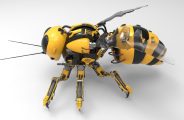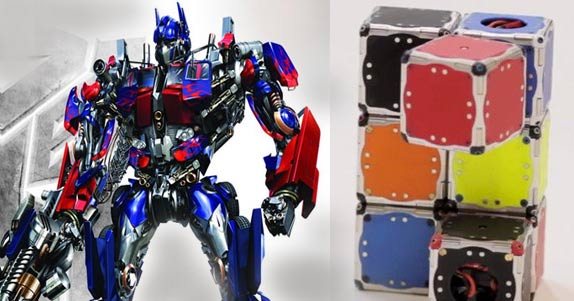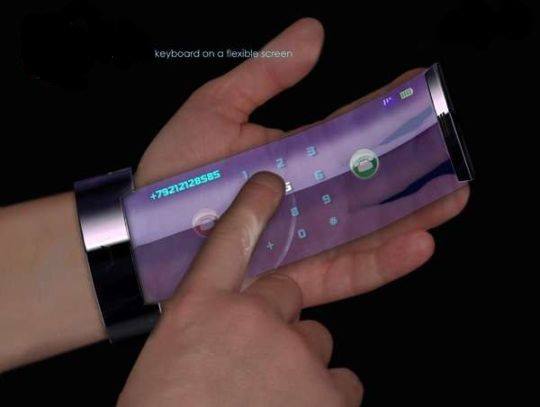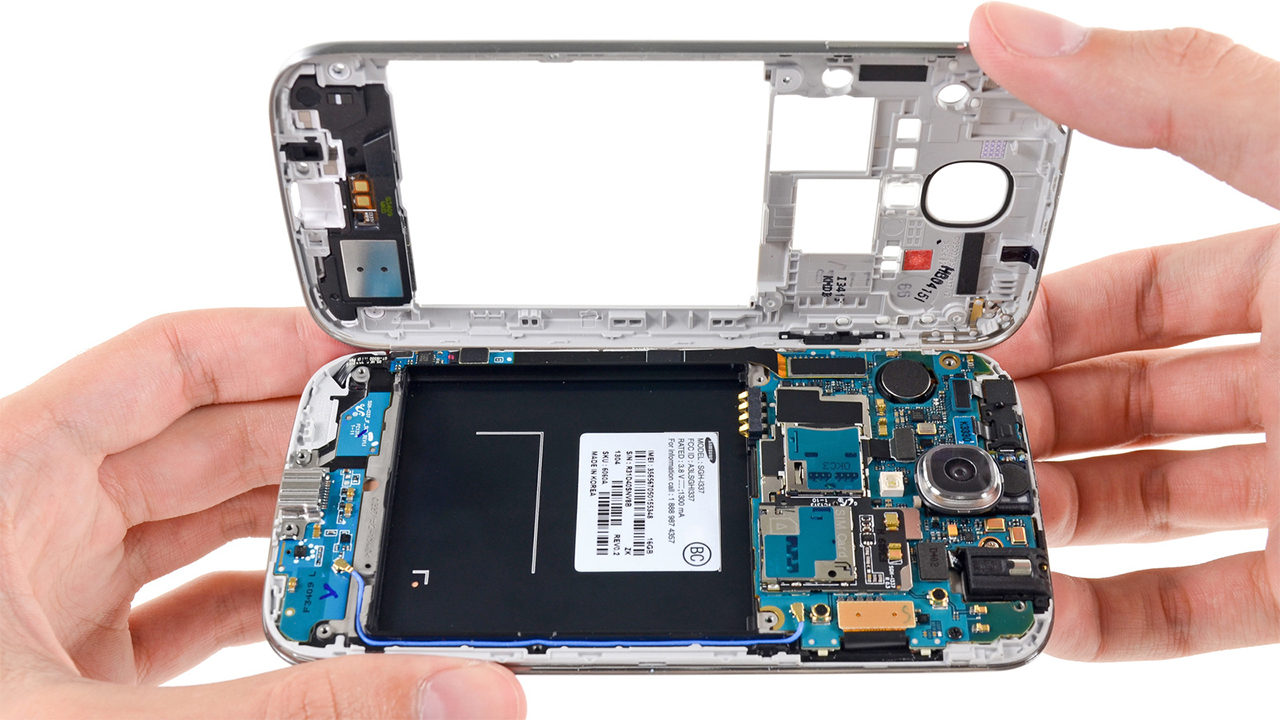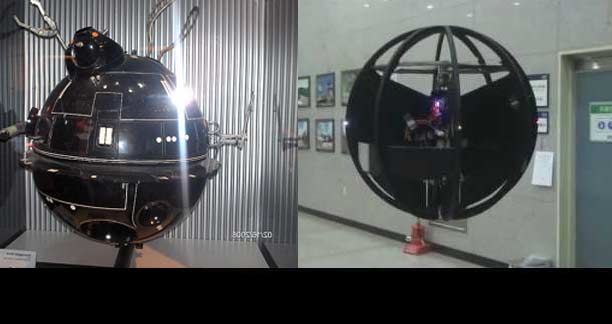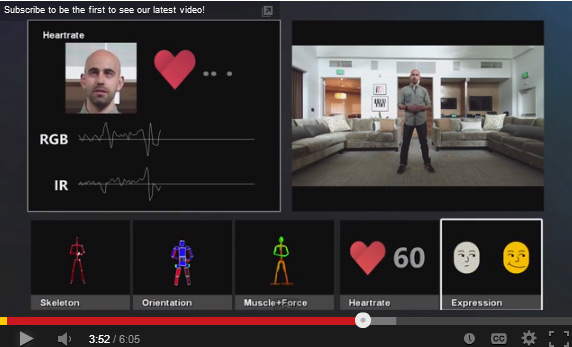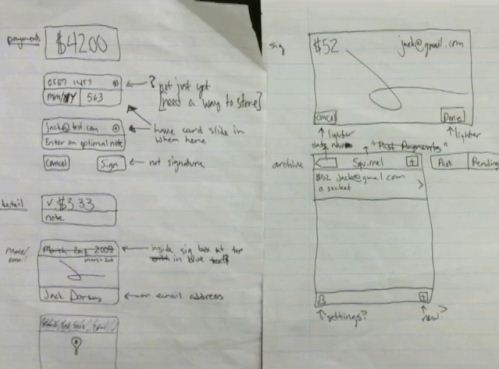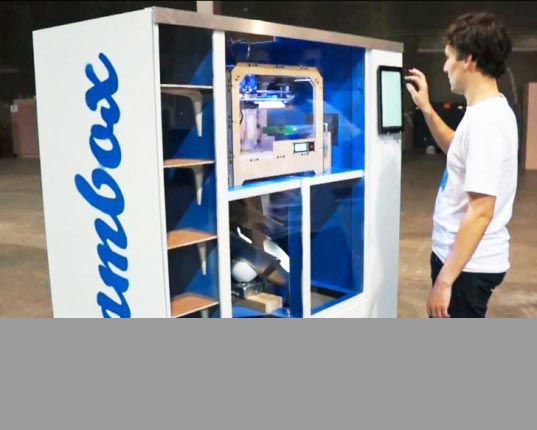Molecular Creation Device Like Star Trek? Scientists Use 3D Printer To Create Microscopic Objects

Molecular 3D Printing: This bunny is the size of a bacteria microbe. By using a special resin, & adding carbon, light and water (3 building blocks of life) , the cells form the shape the scientist input.
For decades, science-fiction has always envisioned a real-world molecular creation tool, a device that could create objects (like food) on a microscopic level and have them materialize. Today for the first time, two Scientists were able to create an object on a microscopic level using a 3D printer by adding resins, carbon, light, and water.
The University of Tokyo, and the C-MET corporation, demonstrated how a certain types of resins could be used to create complex microscopic 3D sculptures.
Dr. Taku Gushomotsu explains that part of the electrode manufacturing process requires carbonization — , baking resins at a temperature high enough to turn its surface into carbon. This increases the conductivity of a resin structure and increases its surface area — but in the process, it damages the object’s original shape.
This new material is a light-sensitive resin that includes a substance called Resorcinol Diglycidyl Ether (RDGE). Although this is usually used to dilute resin, it had never been used before in 3D sculpting. The team, led by chemistry graduate student Yuya Daicho, tested three different concentrations of RDGE in their resin compounds, and found that while there was still shrinkage, the resin objects managed to hold their shapes. The compound with the highest concentration of RDGE shrank the least — just 20 percent.
“When we created the microscopic carbon bunny structure, we were very surprised,” said Daicho’s adviser Shoji Maruo, adding that it was exciting to see that “even with a very simple experimental structure, we could get this complicated 3D carbon microstructure.”
This material has great potential as a means for creating conductive material on the cellular level, paving the way for implantable electronics for the medical industry. “One of the most promising applications is 3D micro-electrodes that could interface with the brain,” Daicho said, pointing out that electrode arrays could be used for deep brain stimulation as a means to treat conditions such as Parkinson’s, epilepsy, and depression.
The full research paper, titled “Formation of three-dimensional carbon microstructures via two-photon microfabrication and microtransfer molding,” was published in the journal Optical Materials Express.







